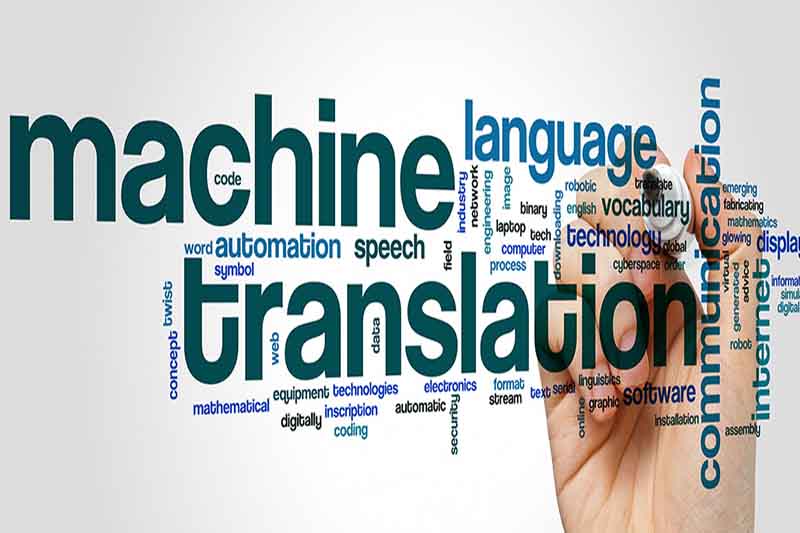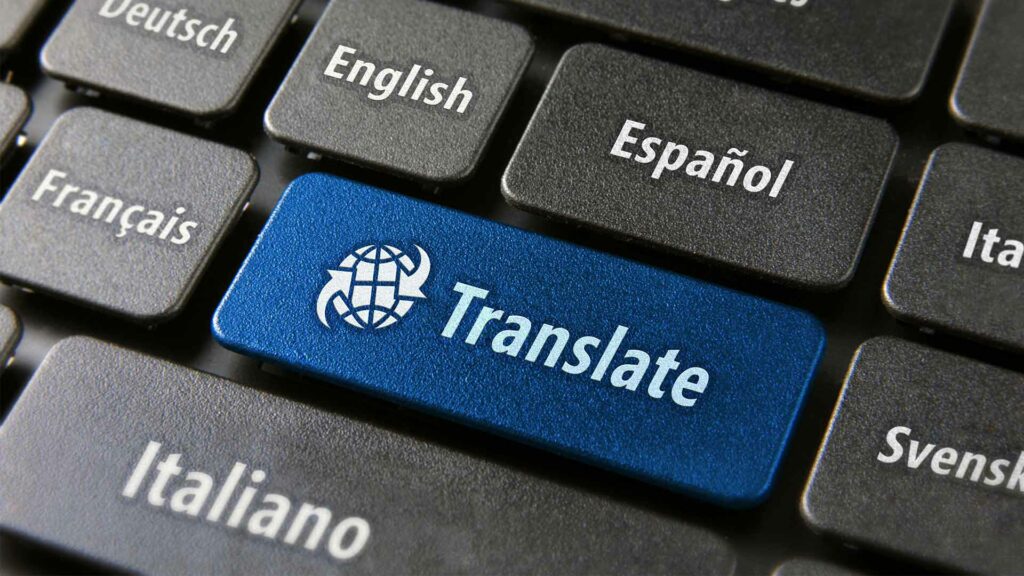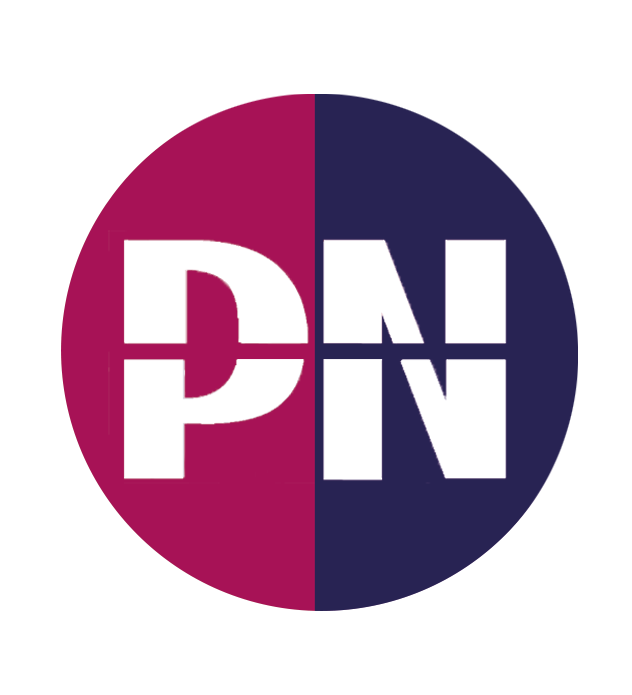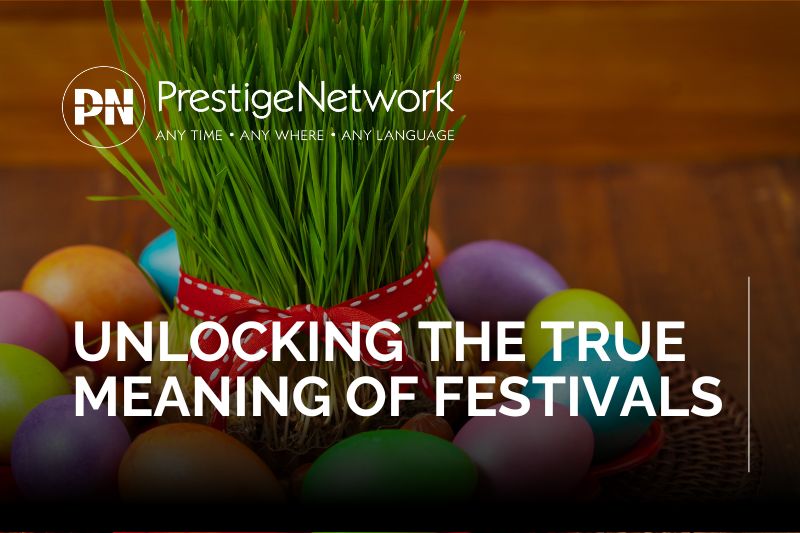Translation has been a cornerstone of communication throughout history, evolving from simple word-for-word exchanges to sophisticated systems that bridge cultural divides in our globalised world. As we look back at the journey of translation, it becomes clear how integral this process has been to human progress, enabling cultures to share knowledge, trade, and connect on a profound level.
From Symbols to Scripts
The earliest forms of written communication were basic—symbols and signs used by ancient civilisations to record and convey ideas. As these early systems evolved into more complex character-based alphabets, different cultures began to interact, necessitating the translation of languages to facilitate communication. This marked the birth of translation, a skill that would become increasingly vital as humanity spread across the globe.

In ancient times, translation was a painstaking process. Texts had to be translated by hand, often requiring years of meticulous work by bilingual scholars. These early translators were not just converting words; they were also preserving the meaning, cultural context, and nuances of the original texts. Traders, who were among the first to recognise the need for accurate translation, played a crucial role in fostering this practice as they needed reliable translations for legal and financial agreements between nations.
Translation Through the Ages
One of the most significant early translation projects was the Septuagint, the Greek translation of the Hebrew Bible in the 3rd century BC. 70 translators reportedly undertook this monumental task, each working independently but producing identical translations, an achievement seen as a divine endorsement of their work. The Septuagint later served as the foundation for many other translations, spreading religious and cultural ideas across different regions.
In the West, the spread of Christianity spurred a demand for translated religious texts. Saint Jerome’s Latin translation of the Bible, known as the Vulgate, became the standard version used by the Catholic Church and is still influential today. Meanwhile, in the East, translations of Buddhist scriptures from Sanskrit to Chinese played a similar role in spreading religious teachings, illustrating the global importance of translation in disseminating spiritual knowledge.
The Middle Ages and Renaissance periods witnessed an explosion in the demand for translations. Scholars like John Wycliffe and William Tyndale translated the Bible into English, making religious texts accessible to the common people. The Renaissance also saw the translation of classical works from Greek and Latin into vernacular languages, which contributed to the spread of knowledge and the rise of national literature.
The Industrial Revolution and the Rise of Modern Translation
The Industrial Revolution brought about significant changes in the field of translation. As scientific and technological advancements spread across Europe and beyond, the need for accurate translations of technical documents became paramount. This period also marked the beginning of a more systematic approach to translation, with an emphasis on accuracy, consistency, and the faithful representation of the original text.
Yan Fu, a Chinese scholar and translator, developed a set of principles that would influence translation theory for generations. His focus on faithfulness, expressiveness, and elegance in translation highlighted the importance of not only conveying the literal meaning of a text but also its cultural and contextual significance.

Translation Meets Technology
The advent of computers in the late 20th century revolutionised translation once again. Early machine translation systems, while limited, laid the groundwork for the advanced algorithms we use today. These systems began with rule-based approaches, which applied grammatical rules to translate text from one language to another and evolved into statistical models that could analyse vast amounts of bilingual text data to predict translations.
The most significant leap in translation technology came with the development of neural machine translation (NMT). NMT uses deep learning and neural networks to produce translations that are more natural and contextually accurate than ever before. While machine translation has greatly improved in speed and accessibility, it still requires human translators to refine and perfect the output, especially for complex or nuanced content.
Today, translation memory tools and specialised glossaries enhance the efficiency and consistency of translations, allowing translators to work faster and with greater accuracy. These technologies have become indispensable in managing large-scale translation projects and ensuring that translations meet the high standards required in various fields, from legal and medical documents to marketing materials and literary works.

A Blending of Human and Machine Expertise
As we look to the future, the role of translation will only grow more significant in our increasingly interconnected world. The concept of the Semantic Web, where multilingual content is instantly translatable across different languages, promises to make global communication even more seamless. Meanwhile, advancements in voice recognition and AI-driven translation systems will likely make real-time, interactive translation a reality.
However, despite these technological advancements, the human touch remains irreplaceable. Translators bring cultural sensitivity, creativity, and an understanding of nuance that machines cannot replicate. The future of translation lies in the synergy between human expertise and machine efficiency, ensuring that communication across languages remains accurate, meaningful, and culturally relevant.






